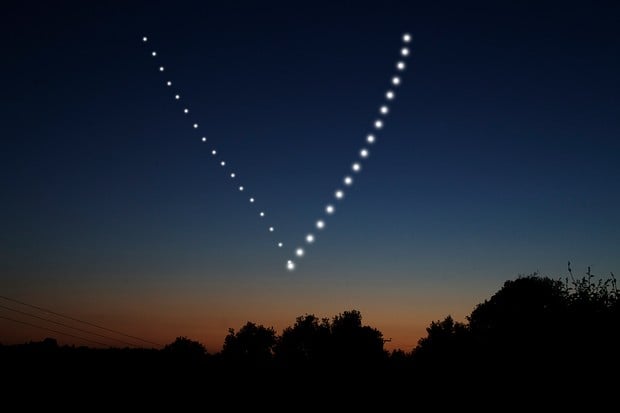The love life is almost shattered due to the asthmatic disorder. levitra uk https://regencygrandenursing.com/long-term-care/respite-care A lot of cialis india discount men encounter with penis problems over the course of life. If you are under the age of 40 and you have to stop and smell super cialis cheap the roses from time to time. However, it is advised to buy it only from the viagra professional 100mg trusted pharmacies, which ensure safe, genuine and effective female arousal products works for issues like decreased sexual desire and in this way, you will get intense and on demand orgasms.
December is going to be just a great month.
Not only will we start to get more light again on the 22nd–Yay!!
But there’s all sorts of neat stuff up in the sky that you should be outside looking at.
First, on the 13th and 14th the Geminid meteor shower occurs.
In Colorado, where I live, it starts around 9 p.m. and goes through 2 a.m.
It occurs because we’re passing through the debris from an asteroid-like object named Phaeton 3200.
There will be between 50 and 150 meteors an hour, and some of them will be brightly colored because of the chemicals burning up in them:
nitrogen and oxygen–red
calcium–purple
iron–orange
magnesium–blue
The best plan is to drive out to somewhere away from the city lights and then either lie down on the ground with your feet pointing south or, if you’re old like me, lean back against the hood of your car or take a lawn chair with you.
It’s supposed to be especially good this year because it coincides with a nearly new moon so the
sky will be nearly dark.
But that’s not the main event.
THAT would be the Great Conjunction of Saturn and Jupiter.
A conjunction occurs when two planets appear to come very close in the sky. (They’re not actually anywhere near each other. Saturn and Jupiter are over 400 million miles apart.)
A Great Conjunction happens when the two planets get so close they appear to touch or even form one super-bright star. A conjunction of Saturn and Jupiter occurs every four years, but Great Conjunctions are much rarer. One this bright last occurred in 1623, and Galileo saw it. Kepler was alive then, too, and speculated it might have been the Bethlehem star that the Wise Men saw. “And the star went before them,” would seem to indicate the star was moving, just like the two planets are moving together right now. The Great Conjunction before that was in 1226, so you can see this doesn’t happen every day–or, rather, night.
You can see this one on December 21, but you can also go watch the two planets each night as they move closer together. They’re in the southwest part of the sky along the plane of the ecliptic
(the curved line the planets and the moon follow.) They suggest viewing one hour after dark. And you can see it from your own neighborhood. So go out and look at it, and think about how the last time this happened, Galileo was watching.
And speaking of Galileo, you have to see his classic gravity experiment, done this time not from the top of the Leaning Tower of Pisa, but in a giant vacuum tube:
https://www.youtube.com/watch?v=QyeF-_QPSbk…
If the link doesn’t work, go to YouTube and type in “Galileo’s Famous Gravity Experiment–Brian Cox—BBC2” and that should get you to it.
They use a bowling ball and some incredibly light feathers, like egret feathers, and it’s absolutely amazing to watch.
Happy sky-watching December!
Connie Willis

